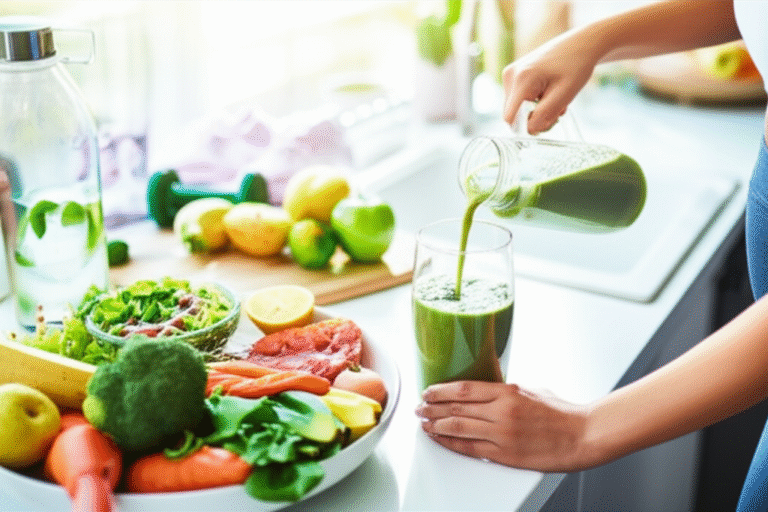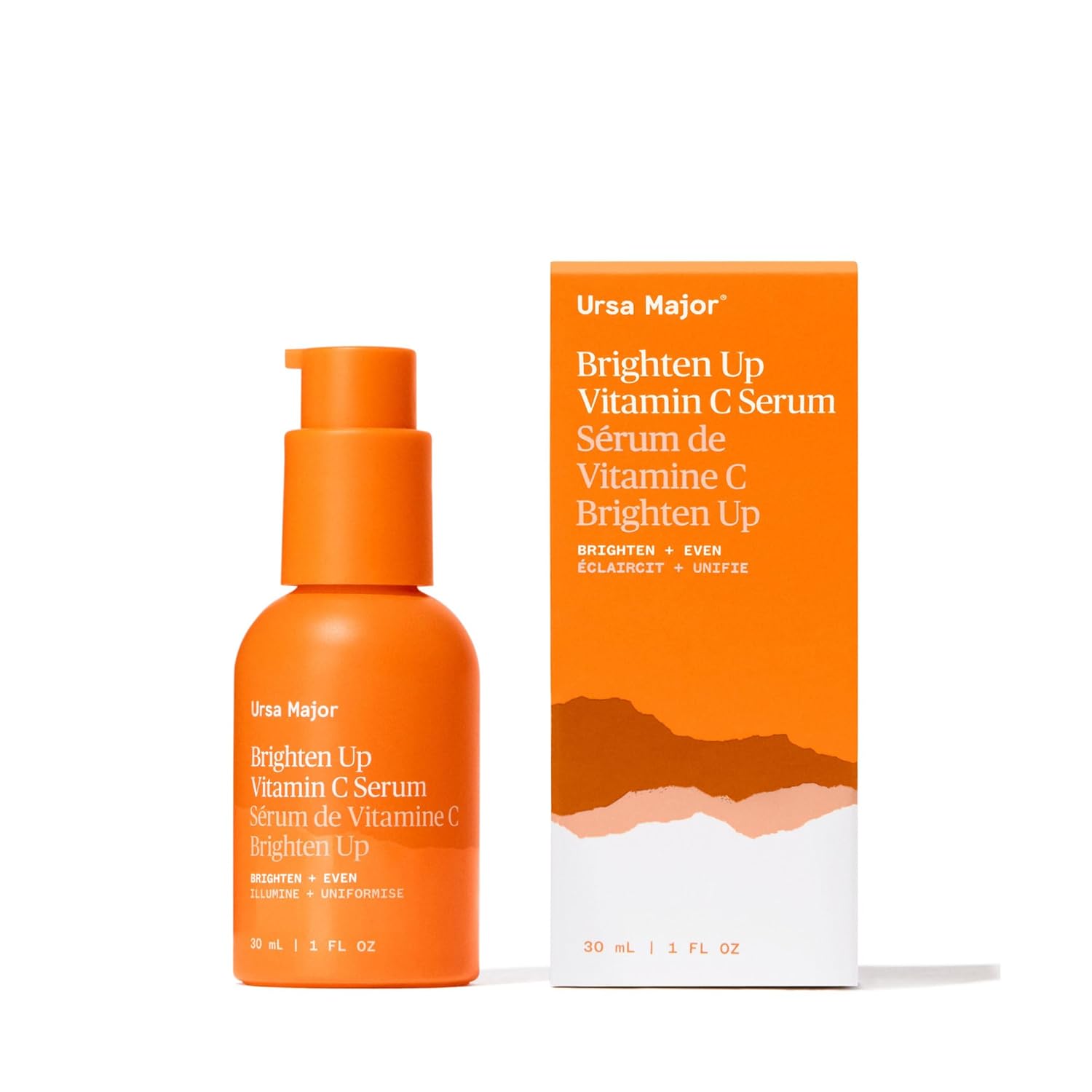When To Drink Protein Shakes For Weight Loss Female: Genius Tip!
For women aiming to shed pounds, the best times to drink protein shakes are post-workout to aid muscle recovery, between meals to curb hunger, and as a healthy meal replacement to control calorie intake. This simple strategy can boost satiety and support your weight loss goals.
Do you ever feel frustrated by the stubborn extra pounds that just won’t budge? You’ve tried cutting carbs, ramping up your exercise routine, and maybe even cutting out entire meals (ouch!). Yet, the scale seems stuck, and you’re left wondering if there’s a simpler, more effective way to achieve your weight loss dreams. It’s easy to get lost in conflicting advice, but what if a delicious, convenient solution was within reach? We’re about to unlock a genius tip to help you leverage protein shakes for a more successful weight loss journey.
Why Protein Power is Key for Female Fat Loss

Before we dive into the “when,” let’s quickly touch on the “why.” Protein is a superstar nutrient when it comes to weight loss, especially for women. It’s not just about building muscles; protein plays a crucial role in satiety, meaning it helps you feel fuller for longer. This is a total game-changer when you’re trying to manage your calorie intake and resist those tempting snacks.
When you eat protein, your body takes its time to digest it. This delayed digestion, combined with its effect on hunger hormones, can significantly reduce your overall appetite. Think about it: if you’re not constantly thinking about your next meal or snack, you’re less likely to overeat. Plus, maintaining muscle mass is vital during weight loss. Muscles are metabolically active, meaning they burn calories even when you’re at rest. Protein helps preserve that precious muscle tissue, ensuring that what you’re losing is primarily fat, not lean muscle. According to the USDA, sufficient protein intake is essential for overall health and body composition.
The Genius Tip: When to Drink Protein Shakes for Maximum Impact
The real magic often lies in the timing. Drinking your protein shake at the right moments throughout the day can significantly amplify its benefits for weight loss. It’s not about chugging shakes randomly; it’s about strategically integrating them into your daily routine. Let’s break down the optimal times:
1. Immediately After Your Workout (The Recovery & Repair Window)
This is perhaps the most well-known and highly recommended time to consume a protein shake. After a good workout, your muscles are in a state of repair. They’ve been stressed (in a good way!), and they need nutrients to rebuild and get stronger. Protein provides the essential amino acids that act as building blocks for muscle tissue.
Why it’s genius: Consuming protein post-workout helps kickstart muscle protein synthesis, which is the process of repairing and growing muscle. Stronger muscles mean a faster metabolism, and a faster metabolism means you burn more calories throughout the day, even at rest. For women, this means you’re not just losing weight; you’re transforming your body composition, becoming leaner and more toned.
Actionable Tip: Aim to drink your protein shake within 30-60 minutes after finishing your exercise session. This timeframe is often referred to as the “anabolic window,” where your body is particularly receptive to nutrient uptake.
Real-life example: Maria, a 35-year-old who started jogging three times a week, noticed she was often sore and fatigued for days. After incorporating a whey protein shake immediately after her runs, she found her recovery time dramatically improved. She felt less muscle soreness and had more energy for her day, making her more consistent with her workouts and helping her weight loss.
2. Between Meals (The Strategic Snack Swapper)
Are you often battling those mid-morning or afternoon cravings? Those moments when your stomach starts rumbling, and you find yourself eyeing the office vending machine or reaching for chips? This is another prime opportunity to deploy your protein shake.
Why it’s genius: As mentioned earlier, protein is incredibly satiating. Drinking a protein shake between meals can help curb your appetite, preventing you from overindulging at your next meal. This strategic move helps you stay within your calorie goals without feeling deprived. It’s a much healthier and more effective alternative to processed snacks that are often high in sugar and unhealthy fats.
Actionable Tip: If you typically feel hungry between breakfast and lunch, or lunch and dinner, prepare a protein shake to have at hand. It’s quick, easy, and keeps you feeling full until your next scheduled meal.
Real-life example: Chloe, a busy graphic designer, struggled with afternoon energy slumps and snacking on cookies. She started having a protein shake around 3 PM. This simple change helped her feel more satisfied, reduced her urge to snack, and she reported feeling more focused in the late afternoon. Over a few months, she noticed a significant decrease in her overall calorie intake, contributing to gradual weight loss.
3. As a Meal Replacement (The Calorie Controller)
Life can get incredibly hectic. Sometimes, finding the time to prepare a balanced meal isn’t feasible. In these situations, a protein shake can serve as an excellent, calorie-controlled meal replacement, especially for breakfast or lunch.
Why it’s genius: When used correctly, a well-formulated protein shake can provide essential nutrients while keeping your calorie count in check. It’s a convenient solution that prevents you from resorting to unhealthy fast food or skipping meals altogether, which can disrupt your metabolism and lead to overeating later. By controlling the ingredients and portion size, you have much better control over your calorie intake for that meal.
Actionable Tip: When using shakes as a meal replacement, ensure they contain a good balance of protein, healthy fats, and carbohydrates (from sources like fruits and vegetables) to provide sustained energy and keep you full. Avoid shakes that are loaded with added sugars.
Visual Suggestion: A table comparing the approximate calorie and macronutrient content of a typical homemade breakfast (e.g., eggs, toast, fruit) versus a balanced protein shake would be very insightful here.
| Meal Component | Typical Homemade Breakfast (e.g., 2 eggs, 1 slice whole wheat toast, 1/2 cup berries) | Balanced Protein Shake (e.g., 1 scoop protein powder, 1 cup unsweetened almond milk, 1/2 banana, 1 tbsp almond butter) |
|---|---|---|
| Calories | ~300-350 kcal | ~250-300 kcal |
| Protein | ~15-20g | ~20-25g |
| Carbohydrates | ~30-35g | ~25-30g |
| Fats | ~12-15g | ~8-10g |
| Fiber | ~5-7g | ~4-6g |
Real-life example: Sarah, a working mom with a demanding schedule, found preparing a healthy breakfast challenging. She started replacing her hurried bowl of cereal with a protein shake on busy mornings. This not only saved her time but also helped her feel more satisfied throughout the morning, preventing her from grabbing sugary pastries from the office kitchen. She noticed a significant improvement in her energy levels and a gentle, steady weight loss.
4. Before Bed (The Overnight Muscle Support — With Caution)
This is a less common, but potentially beneficial, timing for some individuals, particularly those who are very active or looking to maximize muscle gain alongside fat loss. Consuming slow-digesting protein, like casein, before bed can provide your muscles with a steady supply of amino acids throughout the night.
Why it’s genius: During sleep, your body continues to work on repair and restoration. By providing slow-releasing protein, you can support muscle recovery and potentially reduce muscle breakdown overnight. This can be particularly helpful if you’re engaging in intense training. Some research, like a study published in the Journal of Applied Physiology, suggests that pre-sleep protein intake can enhance muscle protein synthesis and aid in recovery.
Actionable Tip: If you choose to have a shake before bed, opt for a slow-digesting protein like casein or a blend that includes it. Avoid consuming a large amount, and ensure it fits within your overall daily calorie goals. This tip is more advanced and might not be necessary for everyone starting their weight loss journey.
Caution: For those whose primary goal is simplicity and basic weight loss, this may be an unnecessary step. The benefits are most pronounced for highly active individuals. Overconsumption before bed could also lead to unnecessary calorie intake if not carefully managed.
Making Smart Choices: What’s Inside Your Shake Matters
It’s not just when you drink your shake, but also what you put in it that counts. Not all protein shakes are created equal, and some can actually hinder your weight loss efforts.
Types of Protein Powder:
- Whey Protein: A fast-digesting protein derived from milk. It’s rich in BCAAs (branched-chain amino acids) and is excellent for post-workout recovery.
- Casein Protein: Also derived from milk, casein is a slow-digesting protein. It releases amino acids gradually, making it ideal for sustained hunger control or pre-sleep use.
- Plant-Based Proteins: Options like pea, soy, brown rice, or hemp protein are great for vegetarians, vegans, or those with dairy sensitivities. They offer a complete amino acid profile when combined or are naturally complete (like soy and hemp).
Watch Out for These Additives:
- Added Sugars: Many flavored protein powders are loaded with sugar, which adds unnecessary calories and can lead to energy crashes. Look for “sugar-free” or “low-sugar” options, or opt for unflavored varieties.
- Artificial Sweeteners in Excess: While a small amount might be fine, excessive artificial sweeteners can be a concern for some individuals. Natural sweeteners like stevia or monk fruit are often better choices.
- Fillers and Thickeners: Some products use excessive fillers to bulk up the powder. Look for a short, recognizable ingredient list.
Building a Balanced Shake:
- Protein Source: Choose your preferred protein powder.
- Liquid Base: Unsweetened almond milk, water, or coconut water are good low-calorie options.
- Fruits/Veggies: Add berries, spinach, banana (in moderation), or other fruits and vegetables for vitamins, minerals, and fiber.
- Healthy Fats: A spoonful of almond butter, chia seeds, or flaxseeds can add healthy fats for increased satiety.
External Resource: For more detailed information on choosing protein powders suitable for your health goals, the Nutritionix database can be a helpful resource for comparing nutrition facts.
Putting It All Together: A Sample Weekly Strategy
Here’s a look at how you might integrate protein shakes into your week. This is a flexible template, and you should adjust it based on your personal schedule, activity level, and preferences.
| Day | Morning Activity | Midday | Afternoon/Evening | Notes |
|---|---|---|---|---|
| Monday | Gym Session (Strength Training) | N/A | Post-workout protein shake. | Focus on recovery. |
| Tuesday | Walk/Light Cardio | Mid-morning snack alternative: protein shake. | N/A | Aids appetite control. |
| Wednesday | N/A | N/A | Post-workout protein shake (if you exercise). | Listen to your body. |
| Thursday | Gym Session (HIIT) | N/A | Post-workout protein shake. | Refuel quickly. |
| Friday | Rest Day | Mid-afternoon slump alternative: protein shake. | N/A | Avoid high-calorie snacks. |
| Saturday | Longer Cardio/Outdoor Activity | N/A | Post-workout protein shake. | Replenish after extended activity. |
| Sunday | Rest Day | Optional: as a quick meal replacement for lunch if time is short. | N/A | Flexibility is key. |
FAQs About Protein Shakes for Weight Loss
Can I drink protein shakes only to lose weight?
While protein shakes can be a helpful tool, they are most effective when combined with a balanced diet and regular exercise. Relying solely on shakes without addressing overall eating habits and activity levels is unlikely to lead to sustainable weight loss or overall health.
How many protein shakes a day for weight loss female?
For most women, one to two protein shakes per day is sufficient. This often includes one post-workout and perhaps one as a meal replacement or snack. More than this can lead to excessive calorie intake and may disrupt your body’s ability to get nutrients from whole foods.
Will protein shakes make me bulky?
It’s a common misconception that protein shakes will make women bulky. This is generally not true because women have lower levels of testosterone, the hormone primarily responsible for significant muscle growth. Protein intake supports lean muscle development, which actually helps boost your metabolism and makes you appear more toned, not bulky.
What is the best protein powder for weight loss?
The “best” varies by individual, but generally, look for powders with high protein content, low sugar, and minimal artificial ingredients. Whey, casein, or plant-based options like pea or soy protein can all be effective. Read labels carefully to choose one that fits your dietary needs and preferences.
Can I drink protein shakes on rest days?
Yes, you can and often should. Protein is still crucial for muscle repair and growth even when you’re not actively exercising. On rest days, a shake can help manage hunger and ensure you’re meeting your protein needs, especially if you had a particularly intense workout the previous day.
Are protein shakes good for fat loss vs. muscle gain?
Protein shakes are beneficial for both! For fat loss, they help increase satiety and preserve muscle mass. For muscle gain, they provide the building blocks (amino acids) necessary for muscle repair and growth. The overall strategy, including diet and exercise, determines whether your primary outcome is fat loss or muscle gain, or a combination of both.



